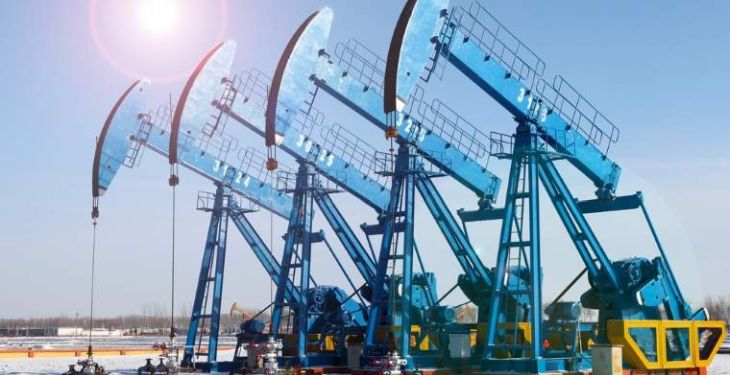US oil exports could exceed 2017 production by four members of the Organisation of Petroleum Exporting Countries (OPEC). American analysts estimate that oil exports could grow even more if President Donald Trump honors pledges to ease drilling restrictions and maximize output, informs Bloomberg.
The world’s largest oil-consuming country could sell as much as 800,000 barrels a day of crude overseas this year, according to four analysts surveyed by Bloomberg. That’s more than OPEC producers Libya, Qatar, Ecuador and Gabon each pumped in December. The U.S. exported 527,000 barrels a day in the first 11 months of 2016, Energy Information Administration data show, according to analysts surveyed by Bloomberg.
Others companies, like Turner, Mason & Co. Oil Lipowa Associates and relies on produce about nine million bpd and analysts from Wood Mackenzie have a more conservative forecast of 8.75 million bpd. The EIA estimates that US oil production will climb to more than nine million barrels per day in 2017, after last year fell by 5.6% to 8.87 million bpd.
According to Dwivedi, despite the production increase, the US remains one of the largest importers of oil in the world.
During the first 11 months of 2016 the US imported 7.88 million barrels of daily crude oil. The reason is that refineries American were designed to process oil with a high sulfur content and high density product in Canada, parts of Middle East and Latin America can not process oil with a low sulfur content and lower density product in regions Texas Eagle Ford, where it is concentrated the bulk of US oil production growth.
“If the American system can not take the oil it produces, will be forced to export,” concluded Vikas Dwivedi.
US producers will be able to increase its international market presence thanks compliance by OPEC and non-OPEC countries to reduce production agreement in November 2016 agreed in May.
January 2017 was the first full month of implementation of the agreement to reduce production, so OPEC members have reduced supplies by 900,000 barrels, equivalent to 75% of the reduction agreed, according to data company Petro-Logistics SA.
